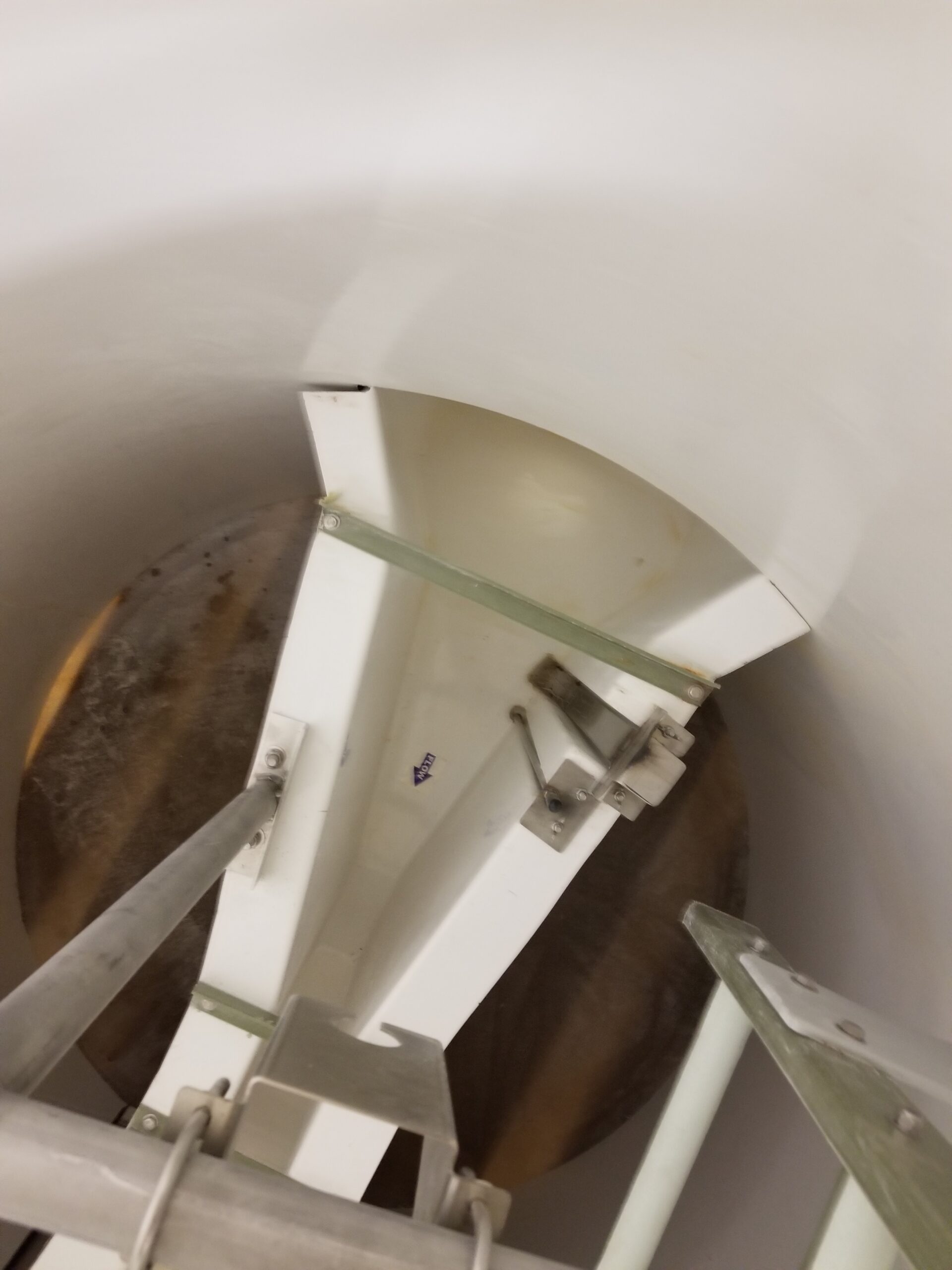When you’re choosing a flume for your flow management operation, your goal should be to select a device that can handle the minimum and maximum flow rate in your system without taking up too much space. While you do want to choose the smallest flume possible, the drawback of smaller flumes is that they may not span the entire channel, resulting in a flow bypass. Fortunately, this problem is easily corrected by installing wing walls.
Equipping your flume with wing walls will ensure that you capture all the flow in your system, so your readings will be accurate. Before adding these tools, however, you should consider a few factors. Learn more about using wing walls with flumes and find out how these tools can help your flow management operation succeed at the highest level possible.
Adding Wing Walls to the Inlet
In most cases, you’ll need to add wing walls to both the inlet and outlet of your flume, and we’ll discuss both types of installation, so you can choose the tools that are right for your operation. Let’s start with inlet wing walls.
When adding these walls to the inlet of your flume, you should be sure that they are not angled too severely. As the angle of your walls increases, it is likely that a wave effect will result where your flume and wing walls connect. The more severe the angle, the bigger these waves will be, and at a certain point, waves will form in your flume’s throat section.
If it’s possible in your system, you may want your inlet wing walls to be slightly curved instead of straight. In addition to preventing the wave effect, curved inlet walls better capture the flow in your system and direct it into your flume.
Using Outlet Wing Walls
Outlet wing walls serve the opposite function to inlet walls. Instead of directing flow into your flume, outlet walls transition flow out of your flume and into the downstream channel. Fortunately, the requirements for outlet walls are not as strict. In most situations, your outlet walls can be installed perpendicularly to the flow in your system, meaning the flow will exit your flume without any transition.
If your flume is installed in an earthen channel, however, you may need angled outlet walls so that the flow is gradually transitioned back into the channel. This will prevent scouring downstream of your flume.
Choosing Your Materials
Before using wing walls with flumes, you’ll need to choose a material for your walls. Unlike other flow management tools, the material you use for your wing walls isn’t as important as how they are installed. Generally, it’s a good idea to have your walls constructed using the same material as your flume. If you want these tools to last as long as possible, however, you should have them constructed from fiberglass.
Add Wing Walls to Your Flume
Using wing walls with flumes is the most effective solution for capturing the flow in your system, directing it into your flume, and then transitioning it back into the channel. Whether you need to purchase a flume or need inlet and outlet wing walls, you can find the tools you need with Tracom, FRP. We provide a wide range of fiberglass open-channel flow management tools and would love to help you pick out the devices that will help your operation succeed. Contact Tracom today.



